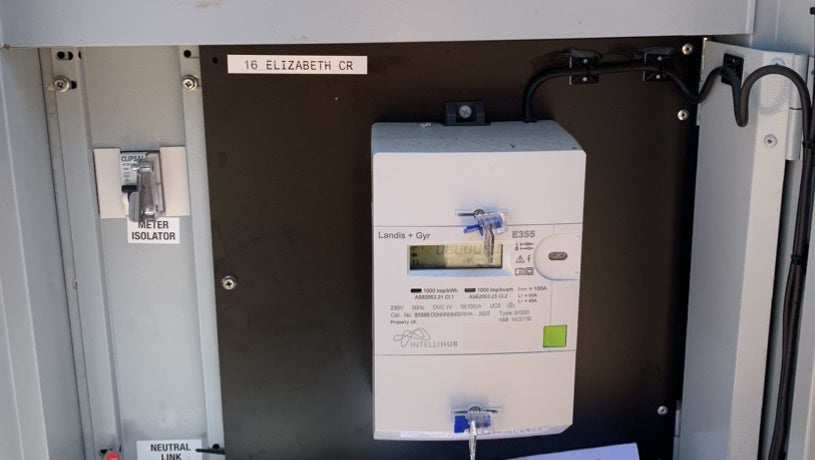A blog post for the customer...
As meter techs, occasionally we want some clear and concise information for the end customer that is having their meter exchanged, in this blog post we simplify things so you can inform customers as to what are the advantages of having their old meter exchanged, it may be the difference between a UTC and another meter exchange for you as information is powerful.
What is Smart Metering?
Smart metering is a technology that enables two-way communication between electricity meters and electricity retailers. Unlike traditional (read old) meters, smart meters provide real-time data on energy consumption, allowing consumers to monitor and manage their electricity usage more effectively. These meters also provide remote meter reading.
The Benefits of Smart Metering
1. Accurate Billing: Smart meters provide accurate and precise measurements of electricity consumption, eliminating estimated bills and ensuring that consumers only pay for the energy they use.
2. Real-Time Data: With smart metering, consumers can access real-time data on their energy usage through online portals or smartphone apps. This empowers them to make informed decisions about their energy consumption and identify areas where they can reduce waste and save money.
3. Time-of-Use Pricing: Smart meters enable time-of-use pricing, where electricity rates vary based on the time of day. This encourages consumers to shift their energy usage to off-peak hours, reducing strain on the grid and promoting energy efficiency.
4. Remote Monitoring and Control: Electricity retailers can remotely monitor and control smart meters, allowing them to detect and respond to power outages or other issues more quickly. This improves the reliability and quality of electricity supply.
5. Environmental Benefits: By promoting energy efficiency and reducing peak demand, smart metering helps to lower greenhouse gas emissions and mitigate the impact of climate change.
How can customers have their smart meters installed
Step 1: Contact Your Energy Provider
The first step in installing a smart meter is to contact your energy provider. They will be able to provide you with all the necessary information and guide you through the process. They will also schedule an appointment for the installation.
Step 2: Prepare for the Installation
Prior to the installation, make sure to clear the area around your current meter. Remove any obstacles that may hinder the installation process.
Step 3: Installation Day
On the day of the installation, a meter tech will arrive at your home to install the smart meter. They will first disconnect the power to ensure a safe installation process. The old meter will be removed, and the new smart meter will be installed in its place.
Step 4: Testing
Once the smart meter is installed, the technician will perform tests to not only ensure the meter is working correctly but that the installation is safe after the work is complete.
Step 5: Get an app for the Smart Meter
After the installation and energisation, you can download your electricity retailers app and see in almost real time what your new smart meter is doing including usage and generation from solar.
Step 6: Enjoy the Benefits
Now that your smart meter is installed and activated, you can start enjoying the benefits. Smart meters provide accurate and real-time data on your energy usage, helping you identify areas where you can save energy and reduce your carbon footprint. You can also track your energy usage over time and make adjustments to optimise your energy efficiency.
Installing a smart meter is a simple process that can have a significant impact on your energy consumption. By following these steps, you can take control of your energy usage and contribute to a more sustainable future. Contact your energy provider today and start your journey towards a smarter and more efficient home!

